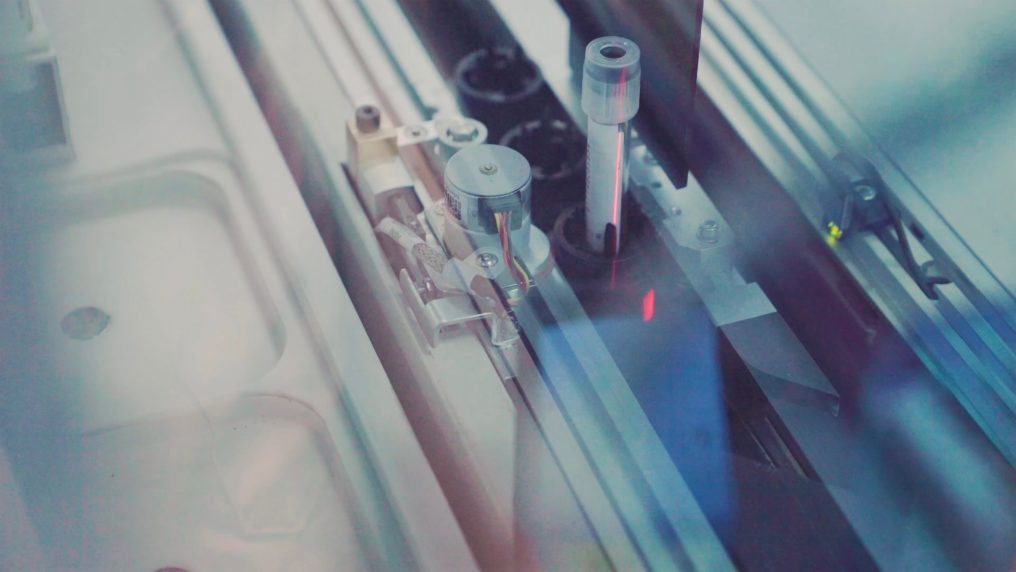When you think about “automation” and what it means for your business, what instantly comes to mind?
Perhaps that it’s faster. It’s ultimately cheaper. It requires less labor.
While these can certainly be true, what is often lost in translation is how these benefits impact the quality, accuracy, and repeatability that medical device manufacturers seek. In fact, the most
important aspect of automation in the medical device industry is its ability to provide better consistency for your product, allowing you to uphold top quality offerings for every single customer.
At the same time, the vast jump from manual processes to a fully-automated station isn’t necessarily the goal most of the time. Rather, the goal is to use automation in steps that will improve the manual process. We can add automation, in terms of testing and error-proofing, to manual stations to reap the benefits that automation offers while maintaining a semi-automated approach. And if full automation does make sense, we can develop a solution that works comfortably for your team.
Shifting from a manual to a semi-automated or fully-automated process can add immense value in terms of consistency and quality — and now more than ever, it enables medical device companies to continue their critical operations.
In this e-book, we will look at examples from medical device manufacturers who reduced cycle times up to 75% and improved OEE scores by 22.5%, generating more revenue per piece. Most importantly, we will demonstrate the thought process behind transitioning from a manual to an automated approach that led to these results.
Share this Post

